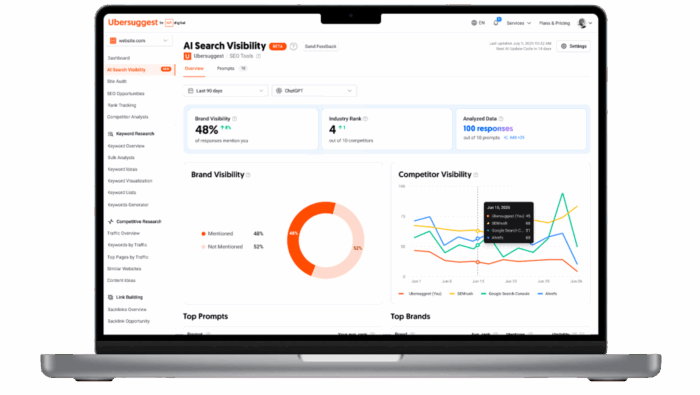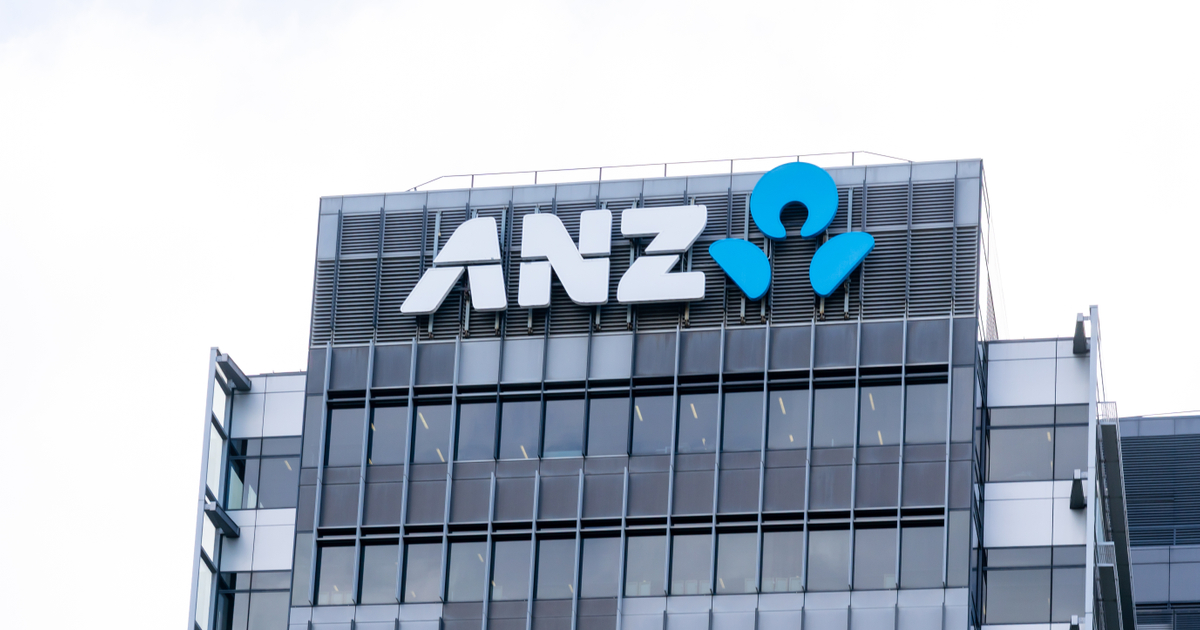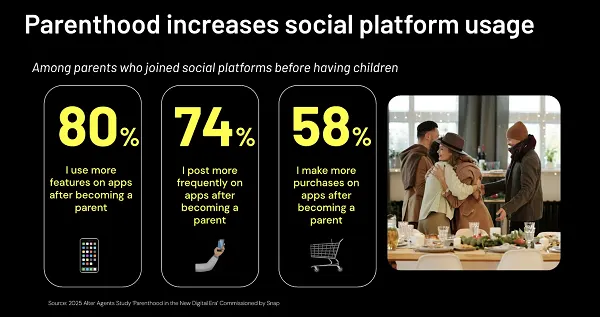Retail media networks—everything ad buyers and sellers need to know about the $125 billion trend
As retail media continues to grow, Ad Age provides an updated primer on the current state of the category and its continuing challenges.

Retail media has been lauded in recent years as a bright spot in advertising, with rosy predictions of blockbuster growth on the horizon. For example, GroupM forecasted in June that retail media will grow 9.9% to $125.7 billion globally in 2023. The WPP media unit expects the category to surpass TV ad revenue for both linear and connected by 2028.
In the U.S., retail media ad spend is expected to reach $45.15 billion this year, a 20% rise over 2022, according to Insider Intelligence. As recently as late 2021, Merkle, the Dentsu-owned performance marketing agency, estimated that a new retail media network was emerging every month or two.
Related: Our 2022 guide to retail media networks
But that pace may be slowing, experts say. For example, of the 56 retail media launches since 2011, 31, or 55%, took place in 2021 and 2022, a recent analysis by digital agency Acadia found. So far this year, Acadia found that just one retail media network has debuted—from grocery chain Sprouts. At least one, from Gap, has shuttered after just a year of existence. “The vibe has shifted since this time last year,” said Kiri Masters, head of retail marketplace strategy at Acadia.
What is a retail media network?
The concept isn’t as new as it might seem. Essentially, a retailer is becoming not just a buyer of ads for itself but a seller of ads for others as well—a company like Target is securing and selling ad inventory to outside brands on its own channels, as well as on outside properties. The retailer manages the advertising on behalf of brands, acting as a pure-play media agency, or partnering with a third-party company like Criteo, a commerce media platform, to help.
It’s a lucrative way for retailers to monetize the treasure trove of customer data they are sitting on, helping brands identify and target shoppers who might be more likely to buy their products. Retailers are able to shape products and ads, and offer measurement details as well on how a campaign performed with target shoppers—it’s a full loop report.
Also read: The top executives leading retail media networks
How do retailers make money from retail media networks?
The financial proposition is a win-win for both retailers and advertisers. Retailers gain a new revenue stream as they sell ads, which is helpful considering that grocery stores and other retail chains typically have low profit margins on product alone. Investing in a media business, where margins are between 50% and 70%, according to experts, could add a significant boost.
Advertisers, who are looking for more guidance on customer tracking given the demise of the cookie, are willing to pony up the dough in order to gain a better understanding of their customers and more return on ad investment.
Related: Online publisher tests out Google's cookie replacement
Who are the current dominant players in retail media?
Despite a large number of recent entrants to the category, the top-performing retail media networks have remained the same in the last few years. Retail giants such as Amazon and Walmart have been offering advertising as a service to brands for years. Particularly now, amid tough economic conditions, brands are choosing to go with the tried and true over retailers that are just now starting to grow their media offerings.
“At a time of economic belt-tightening, brands want to go with the sure winner who is going to deliver viable return,” said Masters, noting that those at the top of the list like Amazon offer reliable returns and advanced advertising capabilities. “Amazon is a sure bet.”
Related: How Walmart's retail media network is expanding
One common complaint among brands is how each retail media network requires a different set of creative assets, formatted in different ways, and provides different data on ROI. It’s a lot for a brand to provide internal staffing and resources for each network, so increasingly, advertisers are shrinking their retail media rosters. According to Masters, most brands will work with Amazon and Walmart, both of which have multi-billion dollar ad businesses, and a third option in a specialist category, like a home improvement retailer, grocer, or drugstore chain. Kroger has proven itself to be a dominant force in retail media, and will be even more so with the Albertsons merger.
Also read: Horizon launches retail media AI tool
As a recent McKinsey report read, “Advertisers are spoiled for choice across the RMN landscape, and the number of RMNs is growing by the day. The question is which RMNs will raise the bar to meet the needs of the sophisticated modern marketer.”
What retailers have recently debuted retail media networks?
After a robust rollout of new retail media networks, including the debut of Dick’s Sporting Goods’ own last summer, the number of new entrants has been declining as nearly every retail chain is already trying to make media work for their business. Even cannabis brands are seeing the potential—late last year, Fyllo, which provides tech tools for cannabis companies, created its own retail media network for cannabis advertisers by providing in-store media display screens.
Look back: Dick's Sporting Goods launches retail media network
Dollar General in April talked with Ad Age about how it is working with Meta to scale its media network, which it brought in-house last year. The efforts are working; the network more than doubled this year to 51 vendors from 21 last year, with an eventual goal of 125 vendors. Meanwhile, after launching its Member Access Program retail media network last year, Sam’s Club is upgrading the offering with better targeting capabilities to avoid redundancies with the kinds of ads served to consumers. In April, Sam’s Club took things a step further by naming new technology and agency partners to help manage its offerings and optimize campaigns for brands. At the same time, retailers such as Lowe’s are taking more duties in-house. Kroger also said recently it would be bringing more of its self-serve retail media ad tech in-house. In fact, Criteo, which partners with several retailers on their media networks, recently addressed the in-housing trend on an earnings call in June. Criteo CEO Megan Clarken said that only the largest retailers, including Kroger and Walmart, are sizeable enough to build their own operations. Other players need a partner like a Criteo, she said.
“In-housing is something that belongs at the top end of town,” said Clarken on the call with analysts. “We're here to provide a platform of which people, our clients can ultimately use all of or use a piece of it in the case of the very large players who are looking to bring that on board themselves.”
Read more: Why retail media networks are moving in-house
What are the current challenges in retail media?
At first, retail media seemed like an unblemished area heralding robust growth in ad dollars. Yet as the much-hyped category grew, and more retailers launched their own unique networks, several challenges arose that paint a less rosy picture.
One of the biggest issues is a lack of standardization across networks, which puts the onus on advertisers to add more of their own resources for each retailer offering. There is no universal consistency. The other large concern is around measurement; brands have a difficult time viewing campaign performance since most retailers use their own proprietary metrics and data.
Read more about retail media's measurement problem
Many brands also feel compelled to invest in a retail media network if they already sell at that retailer, a pressure one Forrester analyst likened to “tithing to the church.” Indeed, a survey from the Association of National Advertisers this year found most advertisers to be “reluctant buyers” who were heavily influenced by retailers to invest in their networks.
The Interactive Advertising Bureau has been looking into the measurement dilemma and gathered a working group of industry stakeholders this year. In July, the IAB created a Retail Media Buyers Guide, which provided an overview of the category as well as best practices for advertisers. The group will be hosting a summit on the topic in September.
In addition, grocer Albertsons, which has been building up its retail media offering since the arrival two years ago of Kristi Argyilan, a pioneer in the category, is working to create more standardization, including common definitions and metrics around return on ad spend, conversions and clicks. Supported by Unilever, Pinterest, R3 and Omnicom Media Group, Albertsons unveiled the standardization framework at the Cannes Lions Festival of Creativity earlier this year.
How are agencies getting involved with retail media networks?
Agencies have been paying close attention to the growing trend of retail media—and its problems. Once at risk of being cut out of the retail media equation, many holding companies have bolstered their own programs, adding tools that solve many of the category’s challenges and measurement issues, in order to become indispensable to advertisers. For example, in June, Publicis rolled out a set of retail media tools powered by its Profitero commerce data. The offerings, which use data to improve media activation and planning, are designed to help advertisers maximize their spend with improved product detail pages. Similarly, IPG’s Mediabrands in July debuted its own option, the Unified Retail Media Solution, a business unit that will also help brands navigate their investments across multiple networks.
Read more: Publicis Groupe launches retail media platform
This year, GroupM Nexus, WPP’s performance media investment arm, made the decision to focus on providing universal data intelligence to brands to help with their planning, according to JiYoung Kim, president of Nexus. GroupM Nexus creates a “retail media scorecard” that publishes information into one pool that both media buyers and brand sales teams can understand as they create campaigns for different retailers’ networks.
“A big shift is retail media is forcing media agencies to really rethink the business that we’re in,” said Kim. “This is really the first time at scale and at this speed that our clients have started asking us to take responsibility for the whole thing, [not just the media].”
Read more: Mediabrands launches retail media tool for brands
What's the future of retail media?
Experts are still forecasting skyrocketing growth even as agencies and industry stakeholders continue to work out the kinks. Growth in t-commerce, a trendy term to describe smart TVs functioning as marketing channels, will also play a role in retail media’s future. Many media players such as Disney have inked deals with retailers to use their customer data, which they can expand into additional offerings for advertisers.
“When we as a media agency buy on Hulu and we activate using a retailer’s data set or even our client’s first-party data integrated with the retailer data sets, [the question of] was that commerce or was that video—that line is blurring really quickly,” said Kim.

 Lynk
Lynk 






























